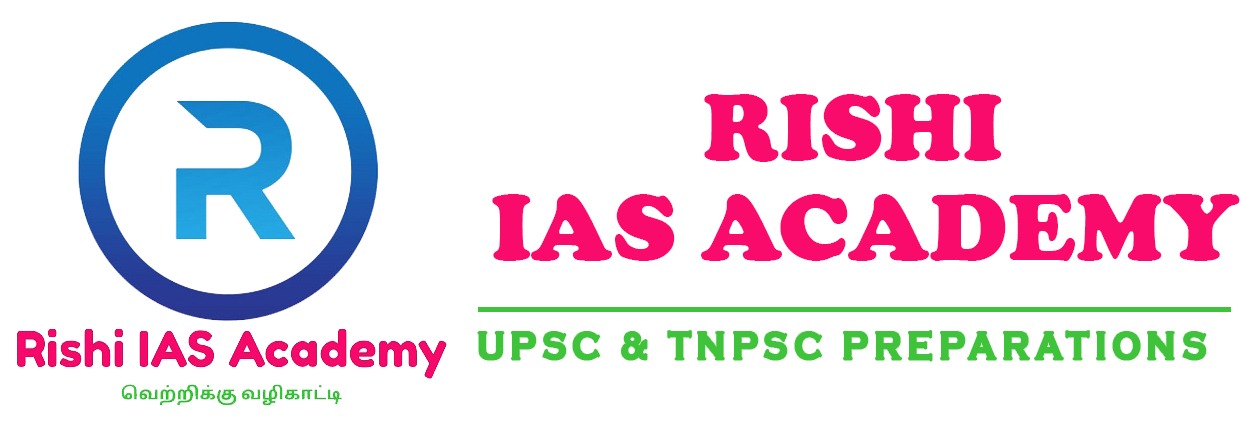“A person is water secure if he has access to 40 litres of water per day”
“50% of people are water secure globally”
Reasons for water stress
- Water intensive agriculture
- Geographical features
- Pollution of water bodies (drinking water sources becoming contaminated due to natural and man-made causes)
- Population : Huge mismatch between demand and supply (; increase in population and emergence of new habitations)
- Monsoon : erratic
- Climate change
- Groundwater depletion (drying up of drinking water sources; lowering of ground water table;; water supply systems outliving their life)
- Systems working below rated capacities;
- Poor operation and management of systems,
- Procurement issues, etc.
National Water Policy, 1986 [revised in 2012]
- Efffitient irrigation : PMKSY
- Establish national water board
- Water pricing
- Effitient sanitation practices
- Adressing water supply
- Water is a prime natural resource, a basic human need and a precious national asset. Planning, development and management of water resources need to be governed by national perspectives.
- A well developed information system for water related data at national/state level should be established with a net-work of data banks and data bases integrating and strengthening the existing central and state level agencies.
- Water resources available to the country should be brought within the category of utilizable resources to the maximum possible extent.
- Non-conventional methods for utilization of water such as through inter-basin transfers, artificial recharge of ground water and desalination of brackish or sea water as well as traditional water conservation practices like rainwater harvesting, including roof-top rainwater harvesting, need to be practiced to further increase the utilizable water resources. Promotion of frontier research and development, in a focused manner, for these techniques is necessary.
- Water resources development and management will have to be planned for a hydrological unit. Appropriate river basin organizations should be established for the planned development and management of the river basins.
- Water should be made available to water short areas by transfer from other areas including transfer from one river basin to another, after taking into account the requirements of the areas/basins.
- Planning of water resources development projects should, as far as possible, be for multi-purpose with an integrated and multi-disciplinary approach having regard to human and ecological aspects including those of disadvantaged sections of the society.
- In the allocation of water, first priority should be given for drinking water, followed by irrigation, hydro-power, ecology, agro-industries and non-agricultural industries, navigation and other uses, in that order.
- The exploitation of groundwater should be regulated with reference to recharge possibilities and consideration of social equity. The detrimental environmental consequences of over-exploitation of ground water need to be effectively prevented.
- Adequate emphasis needs to be given to the physical and financial sustainability of existing water resources facilities. There is need to ensure that the water charges for various uses should be fixed such as to cover at least the operation and maintenance charges initially and a part of the capital costs subsequently.
- Management of the water resources for diverse uses should incorporate a participatory approach by involving users and other stakeholders alongwith various governmental agencies, in an effective and decisive manner.
- Private sector participation should be encouraged in planning, development and management of water resources projects for diverse uses, wherever feasible.
- Both surface water and ground water should be regularly monitored for quality. Effluents should be treated to acceptable levels and standards before discharging them into natural streams. Minimum flow should be ensured in the perennial streams for maintaining ecology.
- Efficiency of utilization should be improved in all the diverse uses of water and conservation consciousness promoted through education, regulation, incentives and disincentives.
- Land erosion by sea or river should be minimized by suitable cost-effective measures. Indiscriminate occupation of, and economic activity in coastal areas and flood plain zones should be regulated.
- Needs of drought-prone areas should be given priority in the planning of project for development of water resources. These areas should be made less vulnerable through various measures.
- The water sharing / distribution amongst the states should be guided by a national perspective with due regard to water resources availability and needs within the river basin.
- Training and research efforts should be intensified as an integral part of water resources development.
National Rural Drinking Water Programme[NRDWP]
- To address the issue of water scarcity in India by 2022
- Operation and maintenance
- Suatainability
- Improving coverage[Access – 1 mile coverage]
- Promoting quality
- Support System
- robust web-based monitoring mechanism
Specialised Interventions
- Desert Development Programme
- Drought
Water security in India
1)Sourse diversification – reclamation of wetlandsand ponds
– 100 Resilient Cities : 4 in India –‘bring high exposure to reclaim wetlands
2)Irrigation effitiency : micro and drip irrigation
3)Source stabilization : sustainability ensured
4)System of rice intensification (SRI) : through R&D,,, less water use by rice
5)Change in water Policy
6)Water Pricing
